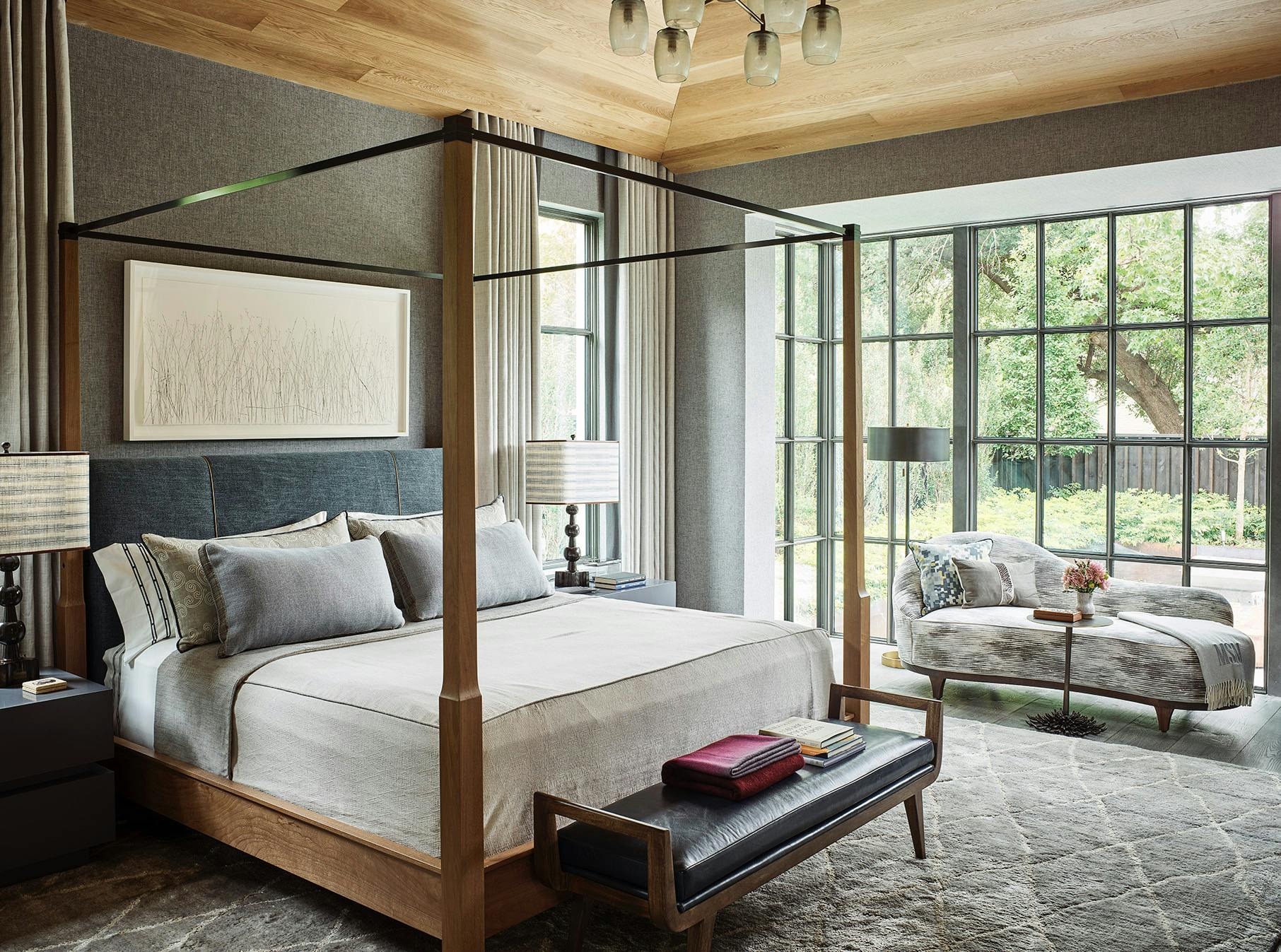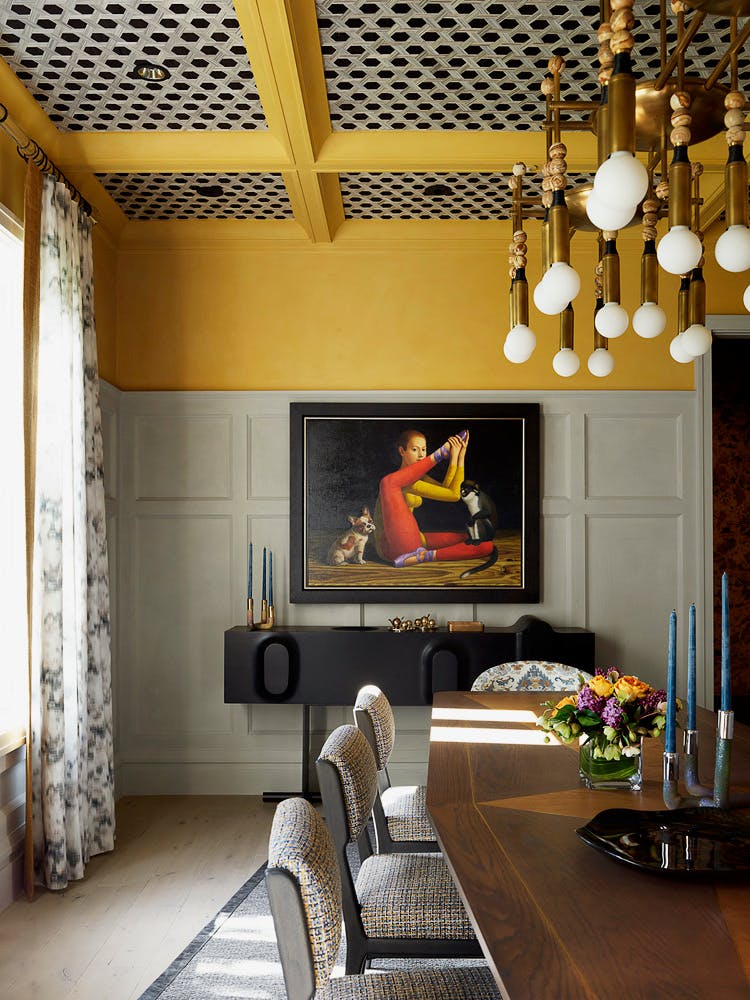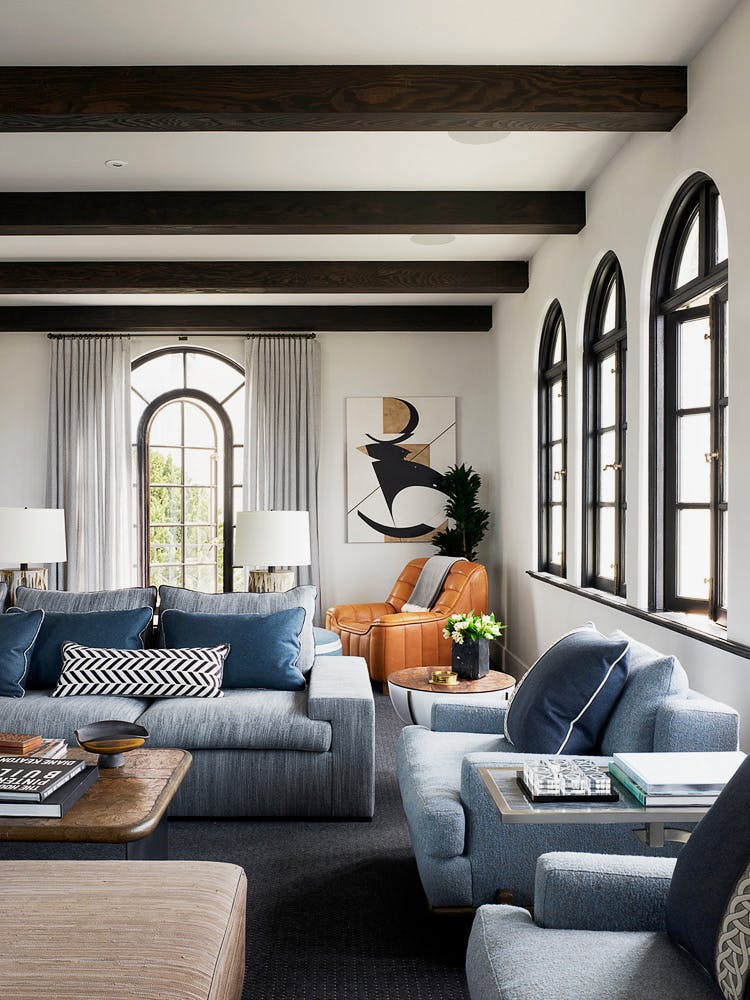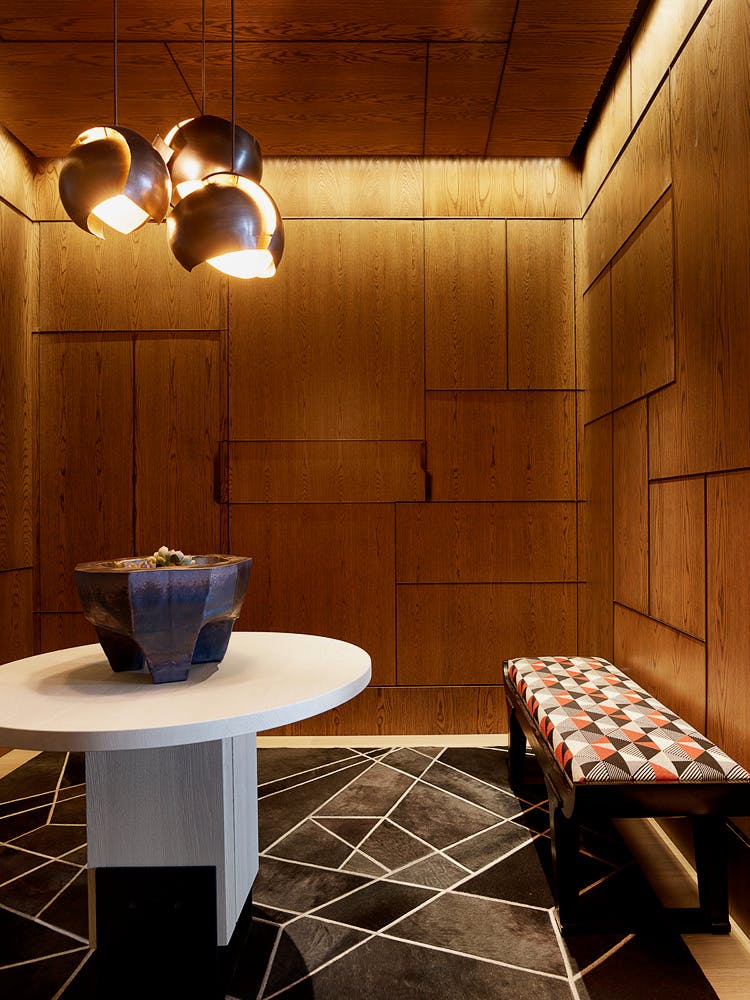Jay Jeffers’ Steady Climb to Success
Discover how this interior designer built his business gradually over time — and one surprising factor he considers key.

If high revenues are on your list of business goals for 2024 or beyond, we’ve got just the thing for you: a new series focusing on founders and owners of high-revenue design and building firms. They’ll share their business processes and the details of their rise to success, along with advice for both new and established business owners. Leading off the series is interior designer Jay Jeffers.
Who: Jay Jeffers
Company: JayJeffers Inc., founded in 1999
Locations: San Francisco and New York, but works all over the country
Employees: 12
Noteworthy: Author of two books, Collected Cool and Be Bold, and recipient of numerous honors

Steady Does It
Fresh out of the University of Texas with a business degree, Jeffers plunged into the world of corporate advertising—and quickly realized that it wasn’t for him. Browsing a course catalog for UC Berkeley Extension in the California Bay Area, he landed on a class that was starting the following week and had a spot open. You guessed it: interior design.
“I took the class and completely fell in love,” Jeffers says. “It was the first time that I could see myself doing something for a living that I love to do.” He promptly went back to school, worked for another designer for a few years and then opened his namesake firm in 1999.
Success didn’t come overnight for the designer. “It’s been a steady rise,” he says. “There were several times when I thought, ‘Oh, this is going to put me on the map, and I’m going to get a million clients off of it’”—but it didn’t. For instance, years ago, House Beautiful named him one of the top 100 designers. “I was like, ‘Oh, this is going to be my meteoric rise. Everything’s going to change after this.’ Nothing changed after that,” he says with a laugh.
“It was probably not until about seven or eight years ago that I thought of myself as successful,” he adds. And even now, “I consider myself still the scrappy designer trying to get the clients.”
Photo credit: Douglas Friedman

Helping Hands Are Key
Despite striking out on his own, Jeffers has never tried to go it alone. “I’ve always relied on consultants and other people that know about businesses and growing them to help me along the way,” he says. He has looked to them for advice, particularly about staffing. “Based on some advice from a very smart person in the industry, I hired somebody that worked for a big interior design firm that had a lot of experience,” he says. “She brought so much to the table, not only in terms of design and resources but also processes within the office.”
Despite having formal schooling and some consultants, Jeffers was still “figuring it out as I went, especially in the beginning,” he says. “The first time I hired an assistant, she worked at my kitchen table, because my office was still in my house. And then I got an office.”
Among the twelve staffers he now employs, including two senior designers, is one employee dedicated to handling processes—“making sure everything is happening the way it’s supposed to be happening,” Jeffers says. “In my younger days, I really didn’t have that. That might’ve been me, or we just hoped that everything would go the way it was supposed to go.”
Tip: Houzz Pro software, with tools for invoicing, time and expense tracking, creating 2D and 3D floor plans, and much more, makes handling both admin and design tasks much easier, and reduces the chance of errors.
Photo credit: Matthew Millman

Words to the Wise
Among the big factors that have contributed to Jeffers’ success is one that might seem surprising these days: good old-fashioned kindness. “I think being fair and nice goes a really long way in this industry,” he says. “There are a lot of people who get very upset about things, or they’re not going the right way, and it can be iffy, but I think if you have a great reputation and if you are fair…it goes a long way.” Plus, “when it comes time for needing a favor from somebody, they’re willing to do it, because you’ve been good to them along the way.”
For every designer, clients can be among the people who get upset about things, of course. But Jeffers takes this in stride. “Some younger designers are like, ‘Oh, I can’t take it with the clients anymore.’ I’m like, ‘If you can’t take the clients, you probably need to be doing something else,’” he says. “Like design furniture…because the client part of it is just so important.”
Tip: Check out Houzz Pro’s free Learn section to find out more about managing five client types, handling unrealistic client expectations, collaborating successfully with clients and more.
Another big contributor to the success of any business is actually learning about business. “If you don’t, then you’re just going to get yourself in trouble,” Jeffers says. “It’s very easy to get into trouble when you’re getting big deposits from clients. Some of that money goes out the door immediately, but some of it stays in your bank accounts”—and it can be tough to keep track of what you owe vendors and service providers versus what’s actually yours.
“I used to hear stories about designers, that their office door would close one day and you wouldn’t understand why,” he says. “You might hear that they spent too much money, or they used money that was client deposits and then the next job didn’t come.”
Tip: Use design business software that integrates with your accounting software and lets you easily generate financial reports.
Photo credit: Matthew Millman

Lose the Ego, Keep the Originality
Jeffers never wants a client to feel guilty for not liking any aspect of a proposed design. “I don’t have a lot of ego in this business for myself,” Jeffers says. “The real essence of success with clients is figuring out what their personal style is rather than imposing my own. In the end, it is their home and not mine. It should reflect who they are.”
Of course, the designer’s vision and experience are important elements of creating something memorable for clients. “I feel like I’m being hired not just because somebody knows what they want and they don’t have the time to do it. I’m being hired because I have experience and an eye to create something wonderful for our clients,” he says.
“It’s very easy for things to become homogenized,” he continues. “You see a color or a wallpaper on Instagram, and it goes viral and suddenly it’s in everybody’s homes.” Because ideas can be so quickly and widely spread nowadays, “I think it’s become incredibly important for our industry to be original, to have new and different and interesting ideas,” he says.
Jeffers is continuing to grow his business, opening a New York office in 2023. He also has designed product collections for two brands and is the designer and co-owner of a boutique hotel. Still, he’s keeping one eye on a plan for succession. “I’m 55 years old,” he says. “I’m still very involved, and I want to still be involved, [but] there’ll be time when I’d like to cut it back a little bit. I’m preparing for that.”
Photo credit: Matthew Millman

Want advice delivered to your inbox?
Unlock industry insights and updates for contractors and design pros
By signing up, I agree to the Houzz Terms of Use and Privacy Policy and that Houzz may use my information to contact me about relevant content, products, and services.












Join the conversation by commenting or asking a question below. The Houzz team reads every single comment, and we’ll get back to you by email if you need us!